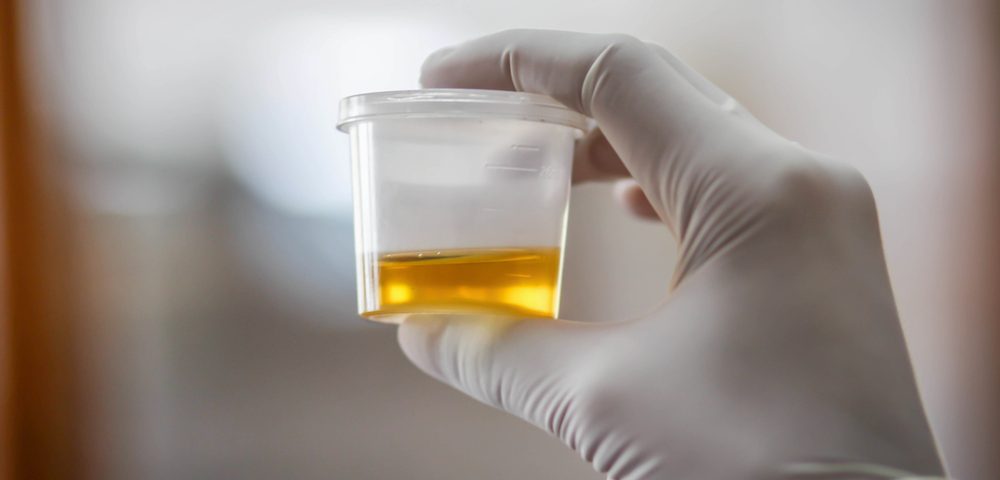A biomedical engineering professor at the University of Texas at San Antonio (UTSA) has received a two-year, $355,617 grant from the National Cancer Institute (NCI) — a division of the National Institutes of Health — to develop a non-invasive diagnostic method of prostate cancer he created.
Jing Yong Ye and his team are designing a microscope based on a photonic crystal biosensor that detects prostate cancer through a simple urine sample. This could make diagnosis more accurate than current approaches that rely on prostate-specific antigen (PSA) screening.
“The system we are developing utilizes a sensitive biosensor, which allows us to distinguish cancer cells from normal cells based on a unique feature of the cells,” Ye said in a press release. “If you can detect a cancer cell, you’re starting from a more precise place and you can give a more accurate diagnosis.”
Early detection of prostate cancer is critical to successful treatment and survival, which is why men should be screened regularly beginning at the age of 50. A first stage of prostate cancer screening is based on a blood sample, where doctors look for PSA. If high levels of PSA are found, the patient must usually have a biopsy.
However, PSA tests are not yet at the point of providing fully accurate diagnoses, and many such biopsies turn out to be unnecessary. About 70 percent of men who undergo the procedure are later found to be cancer-free. This is because high PSA levels can also be caused by infection, chronic inflammation or benign prostatic hyperplasia (BPH).
“False positive diagnoses are very common in prostate cancer tests,” Ye said. “As a result, a patient may undergo a biopsy he doesn’t need, which is painful and could cause an infection. Also, because prostate cancer is highly heterogeneous and even a multicore prostate biopsy only samples a few local areas, it can easily be missed by clinicians.”
Ye and his team started working on his non-invasive imaging approach to check for the disease in urine samples, since urine naturally eliminates cells from the prostate
“We need to use every weapon in our arsenal to attack this disease,” Ye added. “It’s important to think outside the box and use innovation to address these critical issues.”

